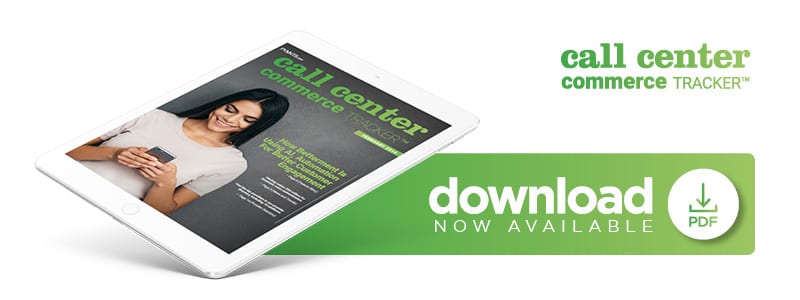How Betterment Is Using AI, Automation For Better Customer Engagement

Catering to the needs of tech-savvy consumers means providing customer service that’s quick and adaptive, regardless of the channel. Automation, artificial intelligence (AI) and similar technologies can offer that adaptability, but they should not be used as a fix or alternative to human interaction. According to Julia Lowd, director of consumer operations at robo-advisory service Betterment, these technologies should complement human employees.
“There are some people whose priority is efficiency, and we tend to see those people using our self-service content or emailing in,” Lowd said, regarding Betterment’s customer service channels. “There are some people who really want to retain that human element, especially because [the company acts as] a robo-advisor, so they want to actually ask a question to a person, and we want to make sure they feel comfortable.”
The company, which provides its customers with automated investing portfolios and financial advice, wants to enhance its use of automation throughout all of its customer communication channels – but, at the same time, it doesn’t want to lose the human team behind Betterment’s automation.
Automation and Customer Engagement
Betterment currently has three customer service channels: email, mobile messaging via the Betterment app and phone calls. The type of inquiries consumers have affects which channel they use, Lowd noted, with the “more administrative” questions often coming in via messaging and email. More complex questions often come over the phone.
As automation becomes more prevalent across the financial services sector, it’s starting to take a larger role in each of Betterment’s channels. Lowd stated that introducing automation across all of Betterment’s customer service channels allowed the company to meet the demands of its 300,000 customers. But, she added, it’s also imperative to retain personal customer engagement options.
“From a servicing standpoint, when [the company was] smaller … customers would call in about everything, and we had this team of experts to help them,” Lowd said. “As time has gone on, we’ve worked to introduce more automation, more AI — but we still want to have humans on the phone if someone wants to talk to them.”
Customer Comfort and Online Payments
Betterment’s customers are becoming increasingly comfortable using automated tools, Lowd noted, adding that a large number now regularly interact with the company’s mobile app. As such, Betterment began integrating automated features into its existing customer service channels, which resulted in more users choosing to send money or make payments with digital tools, rather than calling in.
“We’ve done a lot of work in the past six months to make [payments] a more streamlined process,” she said. The company wanted to enable transactions without requiring much “back-and-forth” with the customer. According to Lowd, the majority of customers’ money movement requests now come through Betterment’s web channel or its mobile app. Lowd said the company wanted to focus on “making that workflow really clear” for customers.
Betterment doesn’t rely as much on AI, but the same principle applies to the automation technology the company uses in its mobile app and online channel.
“If somebody writes in and the person responding to the email is just going to send a link to some instructions, we want to automate that experience,” Lowd said. “[That way], humans can focus on answering questions for customers who want to talk to someone, or the more complicated questions that require more time — more research.”
Betterment plans to continue automating its processes, but Lowd doesn’t see the company replacing the human component any time soon.
“Obviously, the self-service tools are visible to our customers, but we always want our customers to feel that they can talk to us if they want to,” she noted.
The Future of Automation in Customer Service
For Betterment and other companies in the robo-advising space, automation is quickly becoming key to offering seamless experiences. The degree to which it is applied depends on whether players in the financial ecosystem will integrate more new technologies. Betterment’s industry partners include BlackRock and Goldman Sachs.
“One of the challenges we face as a tech-forward company is that not all of the institutions we work with are as equally tech-forward or electronically focused. Even though we provide every opportunity for our customers to send money electronically, we’re often trying to manage what’s going on in the back end,” Lowd said. “[And] some of these older institutions are actually saying, ‘We really want to send you a check in the mail.’”
Customer service’s automated future will depend on whether financial institutions begin implementing these automated technologies. Faster responses to customer inquiries and personalized online tools are the first steps to a customer service world with a well-informed human element.

